Cleaning your home doesn’t have to mean harsh chemicals. Discover 5 smart non-toxic cleaning tips that actually work, using natural products to keep your home sparkling, safe, and eco-friendly. These practical cleaning hacks help you reduce toxins, protect your family’s health, and save money — while making your home shine the sustainable way.
🧼 Introduction: Why Non-Toxic Cleaning Matters.
Cleaning your home should make it safer, healthier, and fresher — but many store-bought products contain harsh chemicals that do more harm than good. Conventional cleaning sprays, disinfectants, and detergents often include toxins linked to allergies, asthma, and skin irritation.
As people become more conscious of what they bring into their homes, non-toxic cleaning is growing fast. More families want green cleaning solutions that are effective, affordable, and safe for kids, pets, and the planet.
In this guide, you’ll learn 5 smart non-toxic cleaning hacks that actually work. These easy DIY ideas and product swaps help you ditch toxic chemicals, cut down on plastic waste, and keep your home sparkling clean — naturally.
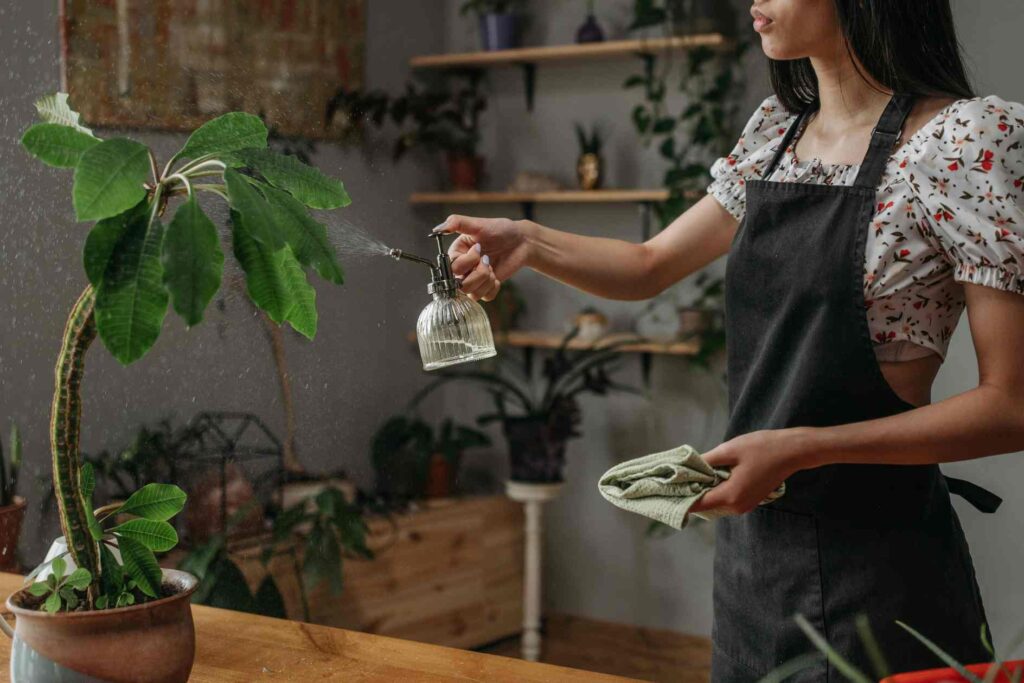
1️⃣ Cleaning with DIY All-Purpose Vinegar Spray :
One of the smartest cleaning tips for a non-toxic home is swapping your store-bought all-purpose spray for a simple DIY version. White vinegar is a powerful natural disinfectant that cuts through grease, grime, and soap scum without harsh fumes.
To make your own, mix equal parts white vinegar and water in a reusable spray bottle. Add a few drops of essential oil — like lemon, lavender, or tea tree — for a fresh scent and extra antibacterial power.
Use your DIY vinegar spray on countertops, sinks, glass surfaces, and even floors. It works beautifully for daily wipe-downs in the kitchen or bathroom. If the smell of vinegar bothers you, infuse it with citrus peels for a week before mixing — this masks the scent and boosts cleaning power.
Vinegar is safe for most surfaces, but avoid using it on marble or granite as the acidity can damage natural stone. For everything else, this non-toxic cleaner is cheap, effective, and cuts your need for multiple chemical cleaners.
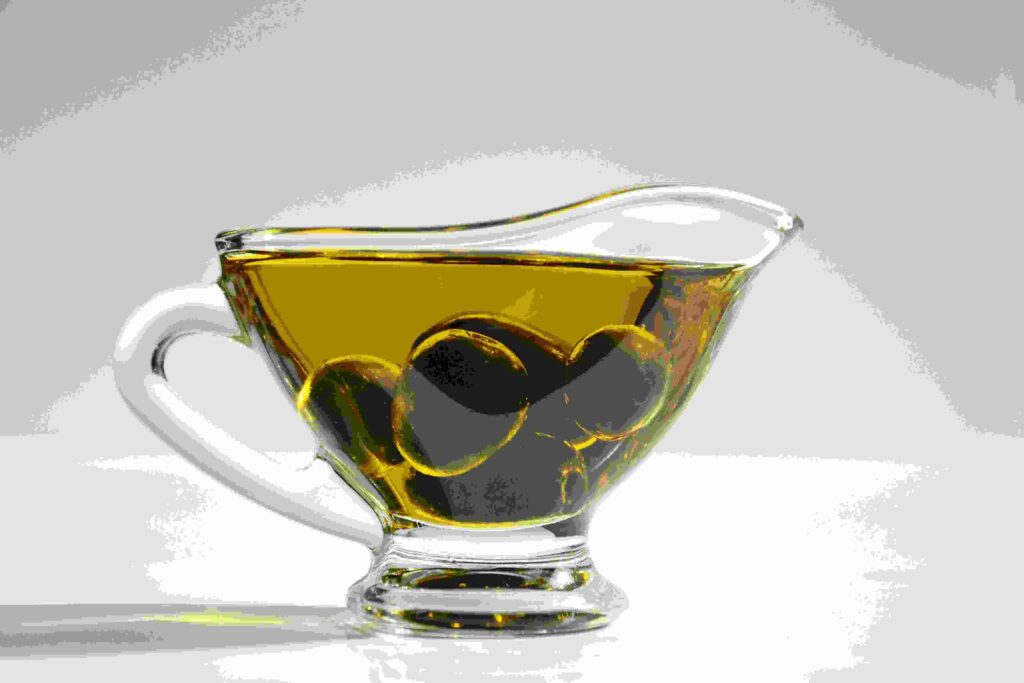
2️⃣ Cleaning Stainless Steel with Olive Oil :
Got stainless steel appliances covered in fingerprints and smudges? A clever cleaning tip is to ditch expensive specialty polishes and reach for olive oil — yes, the same one in your kitchen cupboard.
Start by wiping down your appliance with a damp microfiber cloth to remove crumbs and dust. Then, put a small amount of olive oil on a clean cloth and gently buff the steel in the direction of the grain. This not only lifts remaining grime but leaves a protective shine that helps repel future smudges.
For an even deeper clean, sprinkle a bit of baking soda on stubborn spots before polishing with oil. Baking soda is mildly abrasive and helps lift stuck-on gunk without scratching the surface.
This simple non-toxic hack makes your kitchen shine — and cuts down on pricey, chemical-laden stainless steel sprays. It’s proof that smart cleaning doesn’t have to come in a plastic bottle full of ingredients you can’t pronounce.
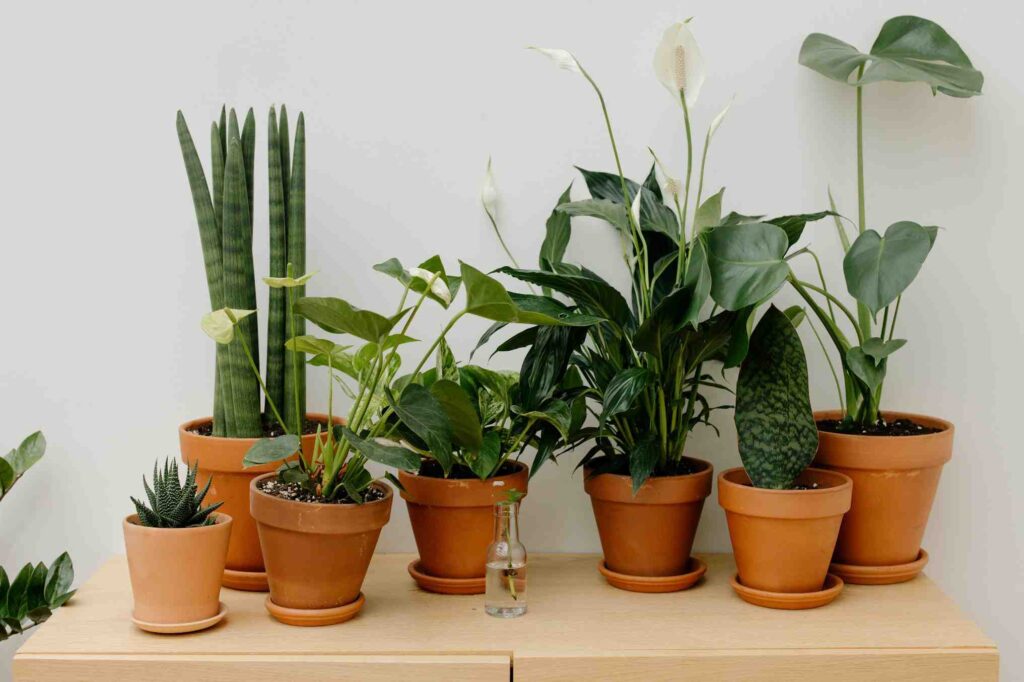
3️⃣ Cleaning the Air Naturally with Houseplants :
Did you know that good cleaning doesn’t stop with surfaces? Indoor air quality is just as important — especially since conventional cleaners can leave behind invisible pollutants. One of the smartest non-toxic cleaning tips is to “clean” your air naturally with houseplants.
Certain plants are natural air purifiers. NASA’s famous Clean Air Study found that common houseplants can remove toxins like formaldehyde, benzene, and ammonia from indoor air. English ivy, snake plants, peace lilies, and spider plants are some of the top picks.
Place a few potted plants in areas where you spend the most time — your living room, kitchen, and bedroom. Not only do they clean the air, but they also add a calming touch of green that boosts mood and productivity.
Pair your plant-powered air cleaning with regular ventilation. Open your windows when the weather allows, use an exhaust fan when cooking, and skip air fresheners full of synthetic fragrances. The result? A home that smells fresh and feels healthier — without harsh chemicals.
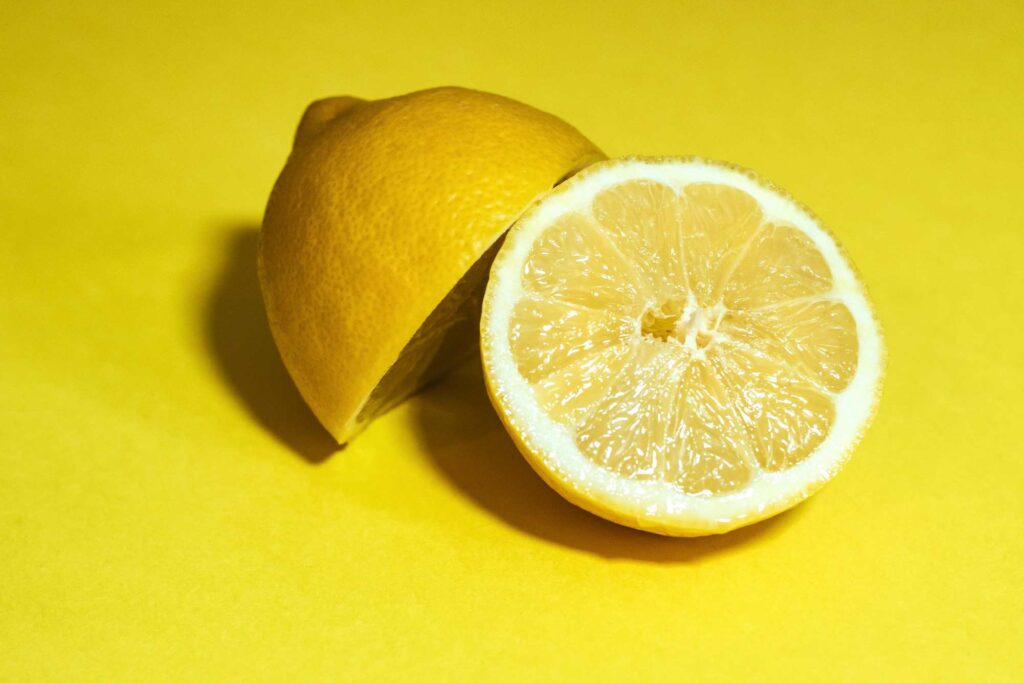
4️⃣ Cleaning Tough Grime with Baking Soda and Lemon :
For stuck-on messes in the kitchen or bathroom, one of the oldest and smartest cleaning tips is using baking soda and lemon. This dynamic duo cuts through grime, deodorizes surfaces, and lifts stains naturally.
Sprinkle baking soda directly onto greasy stove tops, grimy grout, or stained sinks. Then, slice a lemon in half and use it like a scrub brush, squeezing as you scrub. The mild abrasiveness of baking soda combined with the lemon’s natural acidity works wonders on tough spots.
For extra cleaning power, let the baking soda sit for 10–15 minutes before scrubbing. Rinse with warm water and wipe dry with a microfiber cloth for a sparkling finish.
This hack is especially useful for cleaning cutting boards, oven doors, and bathroom tiles. It’s completely non-toxic — no gloves needed, no harsh fumes to inhale — and you probably already have these ingredients in your pantry.
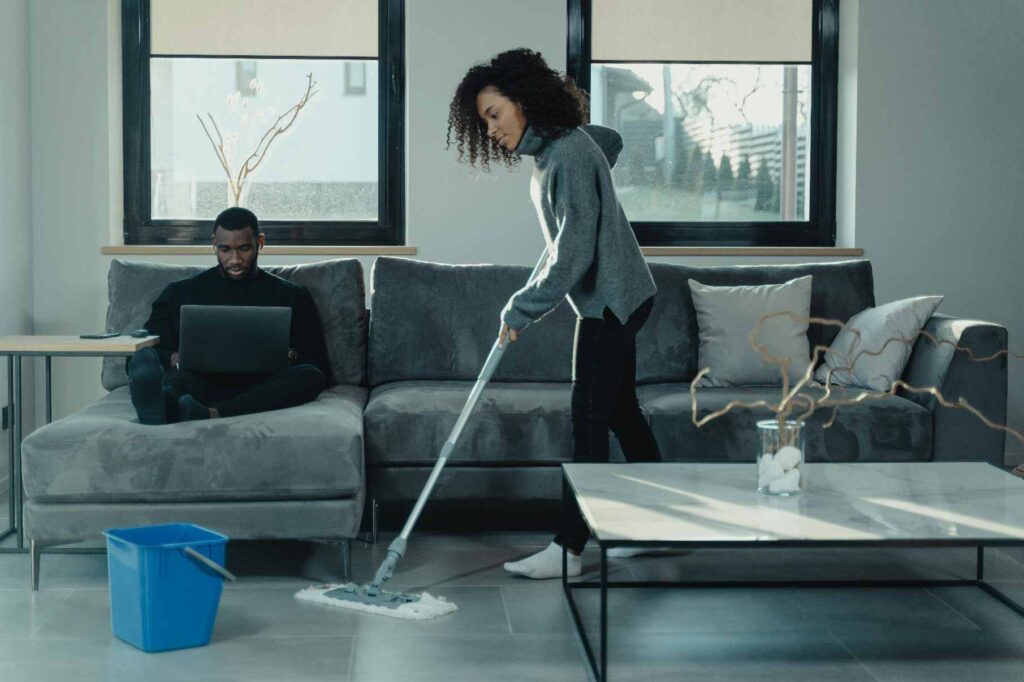
5️⃣ Cleaning Floors with Castile Soap :
Mopping floors doesn’t have to mean a bucket of neon-colored chemical solution. A smart, non-toxic cleaning tip is to switch to castile soap — a gentle, biodegradable soap made from vegetable oils.
Add a few drops of liquid castile soap to a bucket of warm water and mop your floors as usual. It’s safe for tile, laminate, and sealed hardwood — and it leaves floors clean without sticky residue.
For extra shine and freshness, add a splash of vinegar for tile or linoleum floors (skip vinegar for wood). You can also add a few drops of essential oils like eucalyptus or lavender for a natural scent boost.
Castile soap is multipurpose too — use it to wash dishes, wipe down counters, or even make a non-toxic bathroom cleaner. A single bottle goes a long way, helping you cut down on multiple plastic cleaning products.
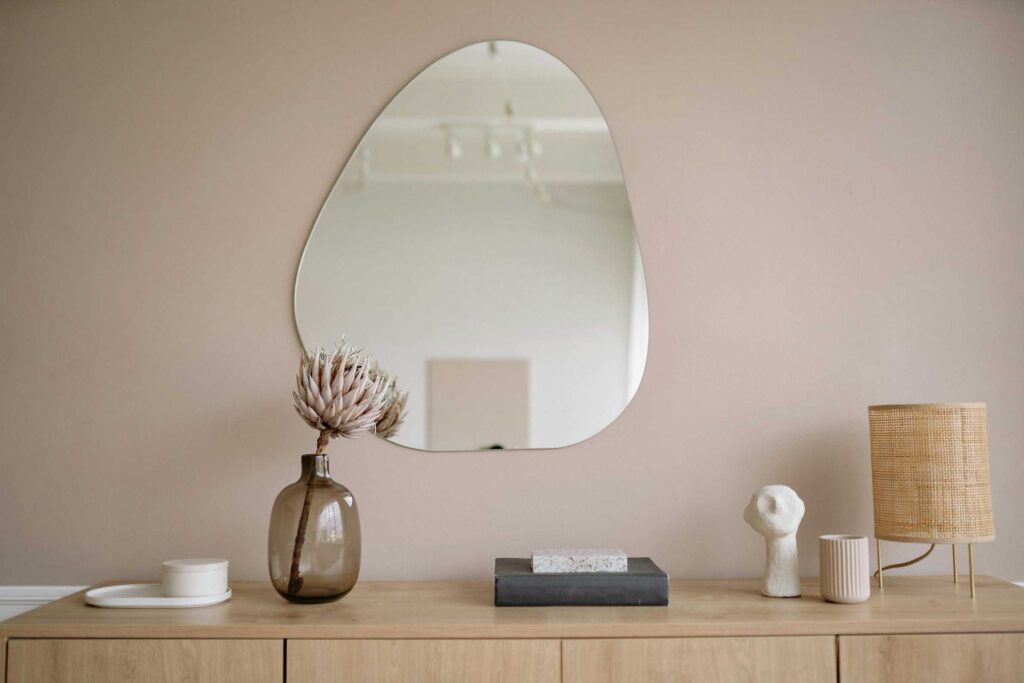
🌿 Bonus Tips for Non-Toxic Cleaning Success :
Switching to smart non-toxic cleaning doesn’t have to happen overnight. Start by replacing one product at a time, use what you have, and look for reusable alternatives like glass spray bottles and washable cloths.
Always read labels on store-bought “green” products — not all are created equal. Look for third-party certifications and simple ingredient lists. Better yet, when you make your own, you always know exactly what you’re using.
Non-toxic cleaning is better for your health, your wallet, and the environment. With these 5 smart tips, your home can be spotless and safe — no harsh chemicals required.




